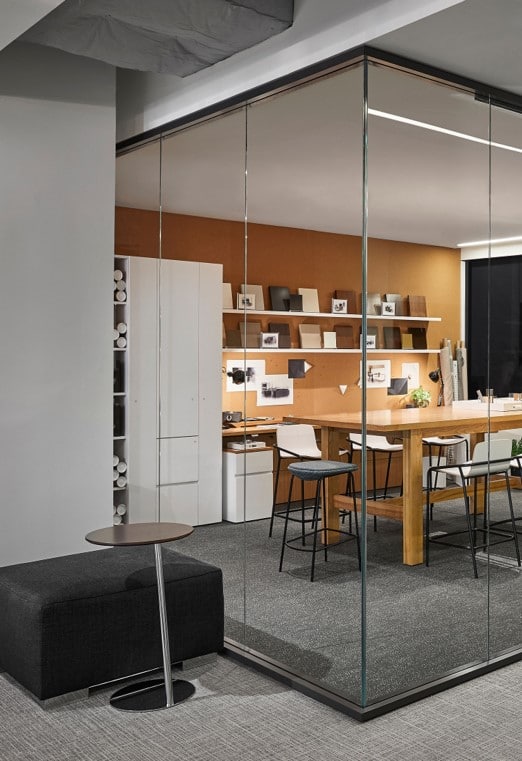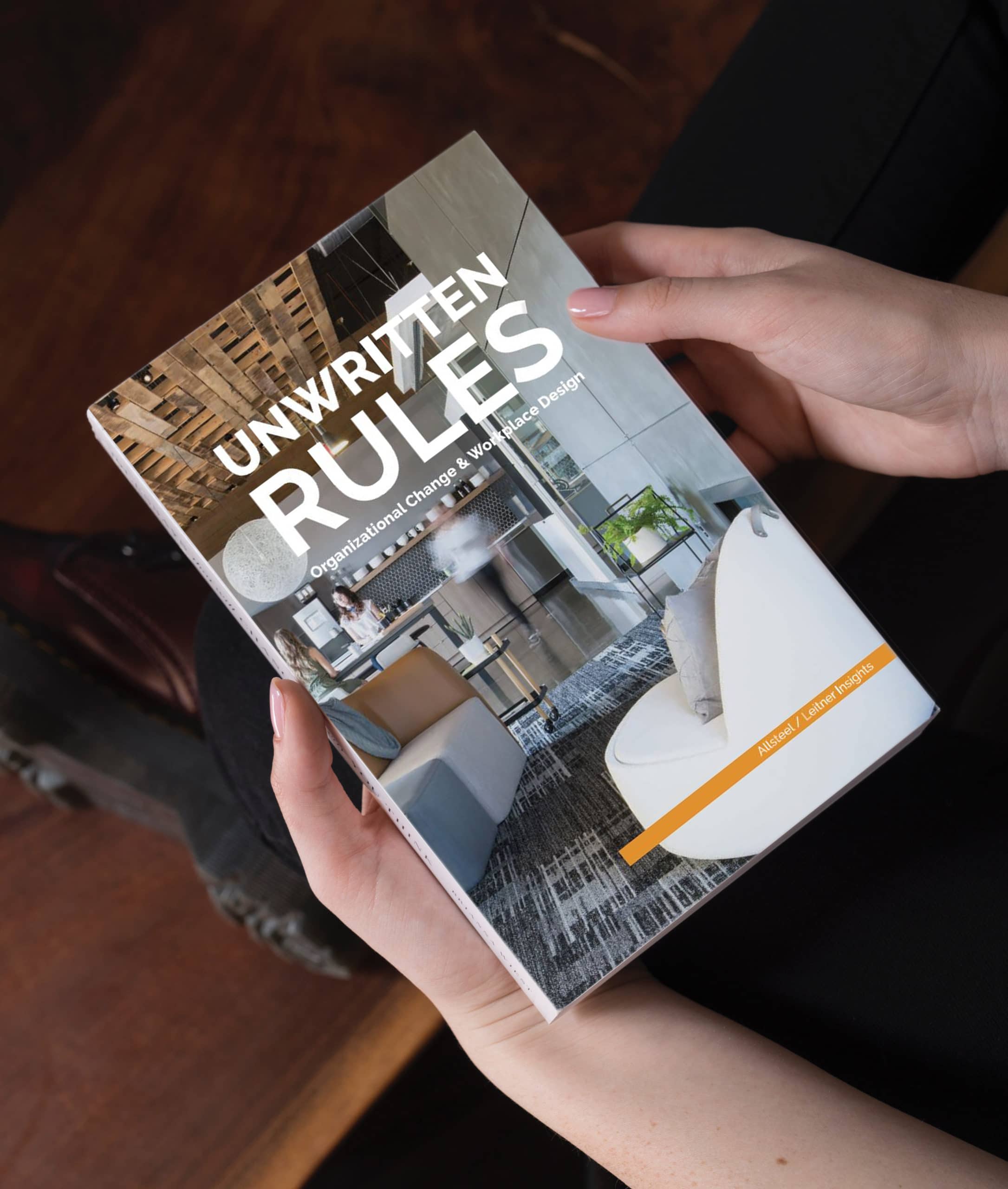Health professionals have been warning us about the dangers of sitting for years. We’re finally beginning to listen and many of us are becoming concerned. When you add up sitting during our commute to and from work, at a desk all day and then in front of the TV at night, that’s an awful lot of sitting!
The concern about ‘sitting disease‘ was the impetus behind the popularity of the standing desk. But why stop there? Why not take our work for a walk? Walking meetings have many surprising benefits!
Granted, we can’t do everything walking around the park, but we could take our meetings outside the office and into the fresh air very easily. Not only does it allow us to get more fresh air and exercise, it also lowers stress levels, improves mental health and, believe it or not, increases productivity.
Experts say that if you have a difficult problem, walking while discussing it can spark creative solutions. If you have a difficult conversation you need to have with someone, walking can help ease that tension.
A 2014 Stanford study showed that walking increases a persons creative output by about 16%! A 2015 study at the University of Miami showed that walking for just 15 minutes a day can add 3 years to your life! When you consider other studies that show sitting can decrease your life by 2 years, that’s a pretty big incentive to get up and walk!
Walking meetings are not a new thing. Historically bards, poets, philosophers and musicians took their messages on the road, gathering followers who would walk with them as they traveled from location to location. In more modern times, notables such as Barak Obama, Steve Jobs and Mark Zuckerberg all espoused walking meetings. Companies like LinkedIn, Facebook and Twitter also encourage their employees to have walking meetings.
Here are some helpful tips for holding successful walking meetings:
-
-
- Invite a maximum of 3 to 5 people to participate. Greater numbers make it more difficult to communicate while walking.
- Decide on a specific start and end location and a specific time duration for the meeting.
- Set a specific ‘rest’ point during the walk to allow everyone to review the meeting details, ask questions and provide input.
- Set an agenda which can be sent to all the meeting participants ahead of time to review and formulate their input.
- Take the meeting somewhere inspiring. Usually a walk in nature is best as it lowers stress levels and promotes creativity.
- Avoid busy places and roads which require more effort to navigate and more effort to stay on task.
- Appoint one of the participants or an additional person to take notes. As it’s obviously not practical to type notes while walking, have them voice record the major points with brief explanations. This can be typed out later and shared with all participants by email.
- Make sure everyone puts their phones on silent just as they would during any other business meeting
- Set a manageable walking pace for all meeting participants.
- Avoid arranging a ‘surprise’ walking meeting, always get all participant’s agreement ahead of time.
-
Here are some of the benefits from walking meetings:
-
-
- Exercise and associated health benefits
- Higher levels of engagement and participation from all involved
- New surroundings help inspire new ideas and greater creativity and innovation
- Participants tend to enjoy and anticipate outdoor meetings more than indoor meetings
-
More on this topic:
https://www.apa.org/pubs/journals/releases/xlm-a0036577.pdf
https://www.feetfirst.org/walk-and-maps/walking-meetings
https://hbr.org/2015/08/how-to-do-walking-meetings-right
https://davidhaimes.wordpress.com/2014/01/24/an-update-on-walking-meetings/
https://www.huffingtonpost.com/2015/04/09/walking-meetings-at-linke_n_7035258.html
https://www.inc.com/amy-buckner/walk-and-talks-more-productive-than-your-think.html
https://www.bloomberg.com/news/articles/2014-04-30/walking-is-the-new-sitting-for-decision-makers




